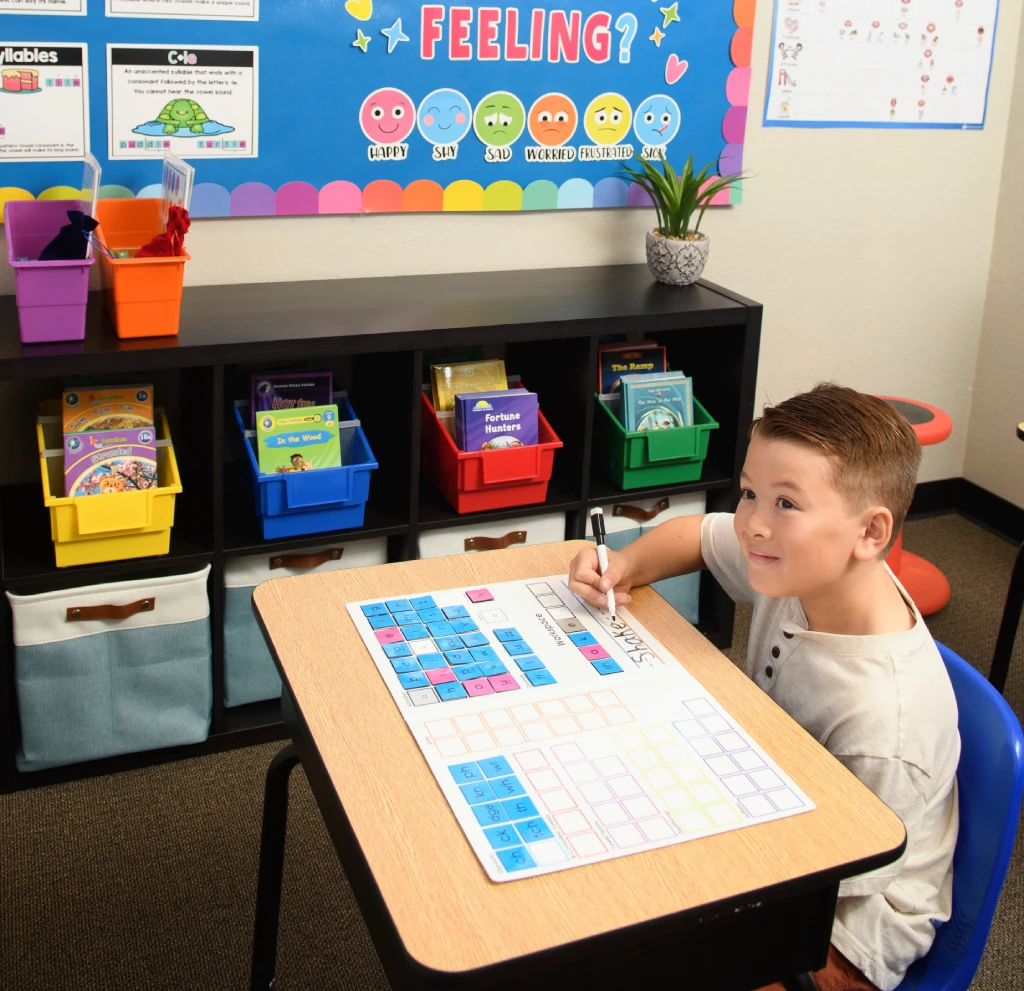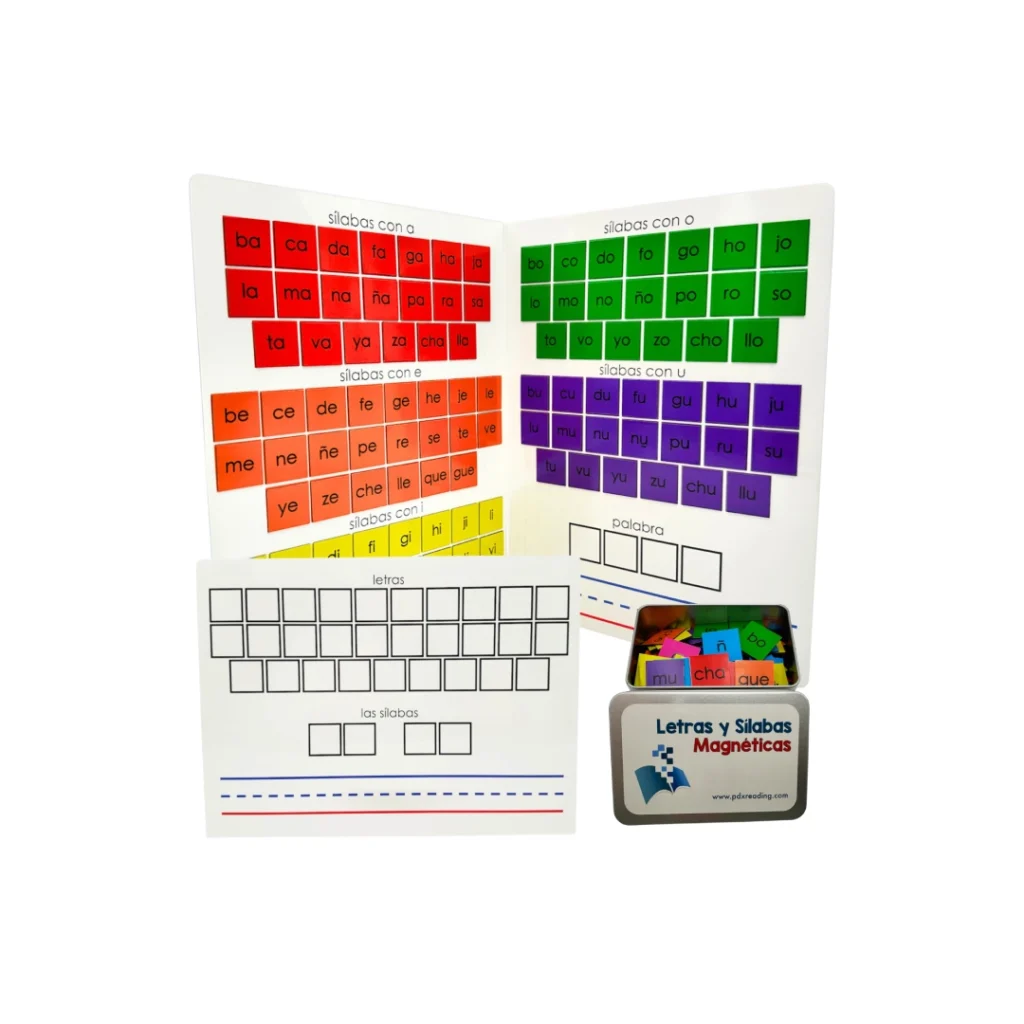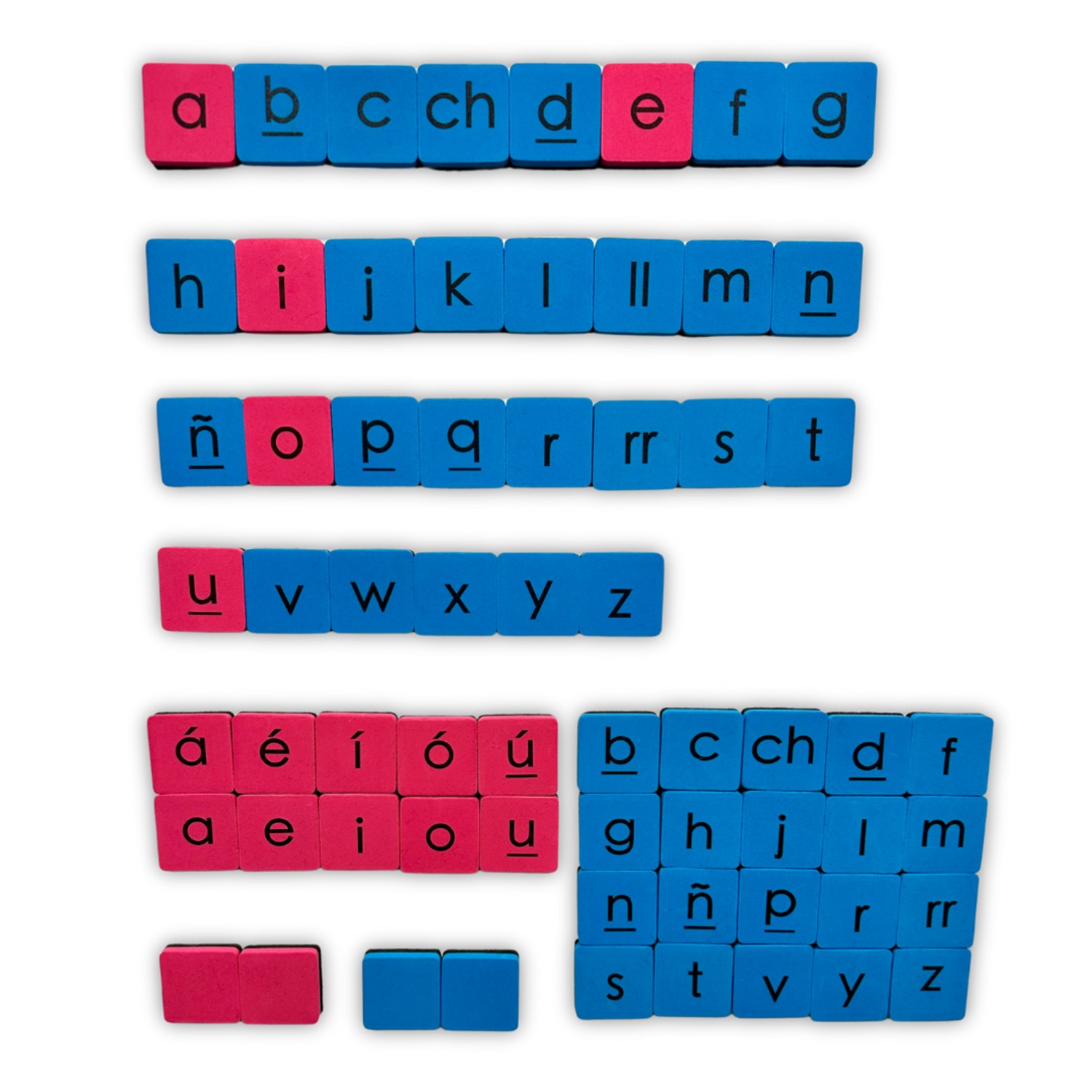If you’re an educator committed to the Science of Reading, you already know that phonics instruction isn’t just a checkbox, it’s a critical foundation for lifelong literacy. But here’s the real question: How can you make phonics instruction more engaging, effective, and developmentally appropriate for young learners or struggling readers?
The answer might just lie in something as simple, and powerful, as Letter & Sound Magnets.
These colorful, hands-on tools go beyond the typical alphabet manipulatives. They are intentionally designed to bring structure, clarity, and interactivity to your phonics instruction, and they’re becoming a classroom favorite for one important reason: they work.
Let’s explore how Letter & Sound Magnets from PDX Reading Specialist support effective phonics instruction, why they align with the Science of Reading, and how you can use them to make a meaningful difference in your literacy block.
The Challenge: Making Phonics Stick
Many students struggle with connecting the dots between letters and sounds, especially in the early stages of reading. Traditional methods like worksheets, oral drills, and flashcards have limitations. They may support memorization, but they often fall short in building deep, transferable understanding of the sound-symbol relationships that underpin decoding.
Research tells us that phonics instruction must be systematic, explicit, and multisensory. That means students need repetition and structure, but also opportunities to touch, see, hear, and manipulate phonemes and graphemes in a meaningful way.
This is especially true for students with dyslexia, ADHD, or other learning differences, who benefit significantly from multi-sensory learning strategies.

Enter: Letter & Sound Magnets
PDX Reading Specialist’s Letter & Sound Magnets are an innovative tool crafted by educators who understand what it takes to build strong readers. These magnets are much more than pretty letters on a board. They are:
- Scientifically aligned with research-based best practices
- Color-coded for easy distinction of vowels, consonants, digraphs, and special sound patterns
- Tactile and visual, engaging students with multiple senses at once
- Flexible for both group instruction and one-on-one intervention
- Durable and practical, designed for real classroom use
Whether you’re a teacher in a K-2 classroom, a reading interventionist, or a tutor working with struggling readers, these magnets offer a versatile, research-backed approach to foundational skills instruction.
Designed with the Science of Reading in Mind
The Science of Reading has transformed how educators approach literacy instruction. Decades of interdisciplinary research have shown that reading doesn’t come naturally to the human brain, it must be taught through explicit, systematic instruction in phonemic awareness, phonics, vocabulary, fluency, and comprehension.
Letter & Sound Magnets directly support the phonics and phonemic awareness components of this framework by offering a hands-on method for building, breaking apart, and manipulating words. This type of active learning strengthens neural connections, helping students internalize the relationships between letters and sounds.
PDX Reading Specialist designed these magnets not just to be functional but pedagogically sound, aligning with what science tells us about how kids learn to read.
How Letter & Sound Magnets Enhance Learning
Here’s how these magnets make a measurable difference in your phonics instruction:
1. They Make Phonics Concepts Concrete
Sound-symbol relationships can be abstract, especially for young children or students with processing challenges. When students use magnets to represent sounds, they physically move parts of words around, making phonics patterns visible and tangible.
Instead of just hearing that “sh” is a digraph, they see it, say it, touch it, and move it, cementing it in both their short-term and long-term memory.
2. They Reinforce Sound Mapping
The process of orthographic mapping, connecting phonemes (sounds) to graphemes (letters), is essential for fluent reading. Letter & Sound Magnets support this by enabling students to build words sound-by-sound and analyze each phoneme-grapheme correspondence.
Teachers can guide students to build a word like “ship” using the magnets:
- First, isolate each sound: /sh/ /i/ /p/
- Then, select the appropriate magnets: sh, i, p
- Finally, blend them together and read the whole word
This structured process boosts decoding and spelling skills while promoting phonemic awareness.
3. They Engage All Learners
Every classroom has a range of learning styles and needs. Some students are visual learners, some auditory, some kinesthetic, and many are a combination. Letter & Sound Magnets appeal to all learning modalities, helping teachers reach a broader spectrum of students.
And for students who may be disengaged or anxious about reading, using magnets can turn learning into a low-stress, hands-on activity that builds confidence.
4. They Foster Independent Practice
Once students become familiar with the system, they can use the magnets independently or in small groups to:
- Build word families
- Practice phoneme substitution (cat → hat → hot)
- Break apart multisyllabic words
- Sort sounds and patterns
This kind of self-directed practice increases motivation and gives students a sense of ownership over their learning.
5. They Support Differentiated Instruction
Whether you’re delivering Tier 1 core instruction, Tier 2 small group support, or Tier 3 one-on-one intervention, Letter & Sound Magnets adapt seamlessly. Teachers can scale the difficulty up or down based on student needs, making them ideal for RTI, MTSS, and Orton-Gillingham-based instruction.

Getting Started with Letter & Sound Magnets
If you’re ready to add Letter & Sound Magnets to your instruction, here are a few tips for implementation:
- Introduce slowly. Begin by focusing on individual letter sounds, then move to digraphs and blends.
- Use them daily. Repetition builds mastery. A few minutes of hands-on work each day can lead to big gains.
- Pair with phonemic awareness routines. Use magnets as part of Elkonin box activities, blending drills, or spelling dictations.
- Model, model, model. Show students how to manipulate the magnets step-by-step before encouraging independence.
And don’t forget: Consistency and structure are key. Use the magnets as a routine part of your phonics block, not a one-off activity.
Why PDX Reading Specialist?
PDX Reading Specialist isn’t just another education company. It’s a mission-driven organization led by experienced educators who are passionate about equipping teachers with high-quality, research-based tools.
Their Letter & Sound Magnets aren’t mass-produced, generic toys, they’re purposefully created to align with structured literacy practices and support the work you’re already doing.
With PDX Reading Specialist, you’re not just buying a product, you’re investing in solutions that reflect the latest reading science and genuinely improve student outcomes.
Final Thoughts: Small Tool, Big Impact
In the world of literacy instruction, sometimes the simplest tools create the biggest breakthroughs. Letter & Sound Magnets offer an affordable, research-aligned, and engaging way to deepen phonics understanding and help students connect the dots between letters and sounds.
If you’re looking for an easy-to-implement solution that makes your phonics instruction more effective, and more fun, these magnets deserve a spot in your classroom.
Take the Next Step
Ready to transform your phonics instruction?
Shop PDX Reading Specialist for trusted, Science of Reading-aligned solutions—starting with the powerful, easy-to-use Letter & Sound Magnets.
Click here to explore the product and see how hands-on literacy tools can boost your instruction and your students’ reading success.


